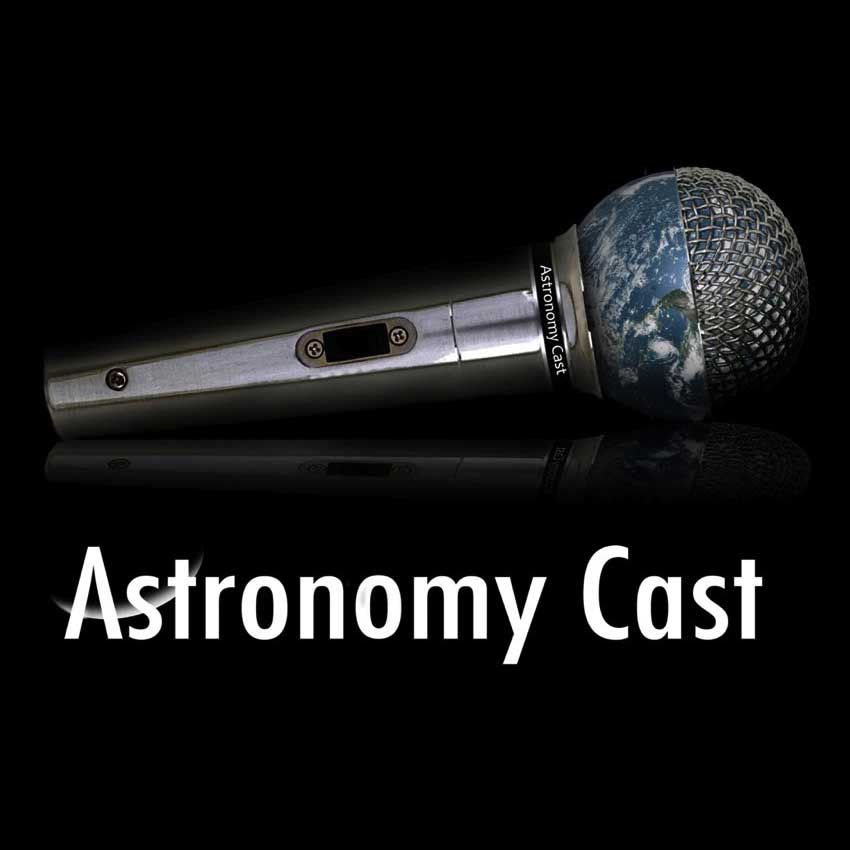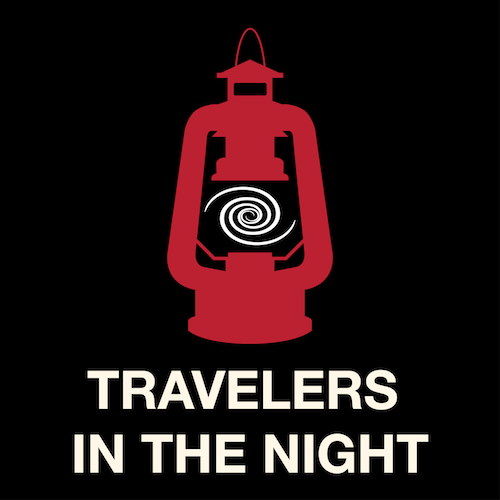Today’s Episode

Jan 3rd: Science Here & Far
This week we take a loot at Dark Comets, Io’s gooey mantle, the colonization of a Ryugu sample, galaxies growing too fast too early, and more.
Subscribe & Follow
Project Director: Avivah Yamani
Audio Engineer: Richard Drumm
Executive Producer: Pamela L. Gay
Learn more about us on our
Credits and Sponsors page.
We are a community podcast,
bringing you the voices of astronomy & astronomy lovers,
everyday of the year.
More Recent Episodes
Apr 18th: Big Qs Update: Dark Matter, Dark Energy, Etc.
Knowledge moves forward, and so, we must move with it. Today we’ll give you an update on some of the most fascinating, fast-changing topics in astronomy, astrophysics and cosmology.
Apr 17th: No Worries & Most Dangerous
Today’s Travelers in the Night discuss about false rumor of asteroid that will strike Earth producing catastrophic damage. And about 2015 PU228 that will collide with Earth in 2081.
Apr 16th: Professional & Amateur Astronomy Collaboration
It is possible to contribute to professional astronomy, make discoveries and get involved in advancing our knowledge of the universe using your own equipment and computers. In this live stream, we’ll go over some of the ways you can get involved in professional astronomy as an amateur.
Apr 15th: Sailing Away Using Diffractive Solar Sails, with Amber Dubill
Today, @WSHCrew discuss with Amber Dubill about Solar Sails. And also news update including Neptune is cooling down during summer time. More at #365DaysOfAstro
Apr 14th: The Far Side Of The Moon Is The Perfect Place For a Radio Telescope
The far side of the Moon might make one of the best platforms we have for radio telescopes. One side of the Moon is completely blocked from Earth’s constantly increasing radio traffic, giving it the perfect view to the most sensitive radio signals in the Universe.
Apr 13th: Hubble Finds Farthest Star Ever Spotted
Researchers pouring through high-resolution Hubble images of galaxy clusters have found the gravitationally magnified light of a star that was shining just four billion years after the Big Bang, making this bright star the new record holder for the farthest ever spotted







